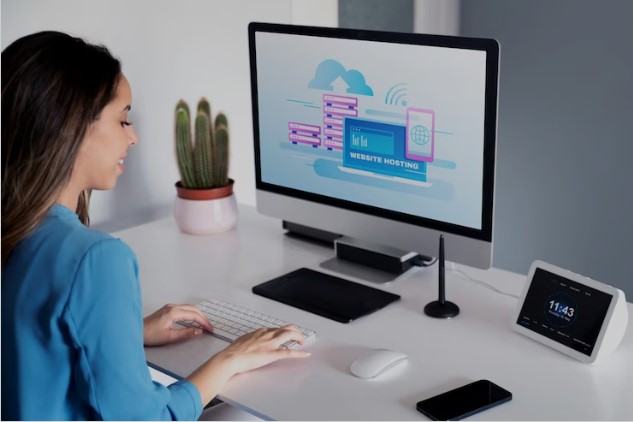More and more businesses are moving to Oracle Cloud to take advantage of the regular updates that Oracle offers. Organizations can now use Oracle’s newest features and functions without having to wait months or even years for updates to come out.
But as the rate of change has sped up, so has the risk to the businesses of Oracle’s clients. This is because traditional business procedures are more likely to fail with every quarterly and ad hoc change. When a company’s procedures aren’t working well, teamwork breaks down and output drops by a lot.
Enterprise software needs to be tested regularly to reduce the chance of a business process failing, and automated testing is the most effective, efficient, and cost-effective way to do this.
Manual testing methods are simply not good enough for a modern, agile business. It’s too expensive, takes too much time, and the testing coverage isn’t good enough to get rid of all possible risks to each important business function.
Importance Of Using Automated Oracle Cloud Testing:

Companies have to make changes to their operational procedures and implement EBS testing regularly so they can keep up with how the market is always changing.
Testing should be done every time a process is changed or a new one is added so that it has as little effect as possible on operations. Automated testing is the best way to make sure that these updates work as planned.
Oracle is truly one-of-a-kind because it can be changed to fit the needs of each business. With each quarterly Oracle Cloud release, there is a chance that changes may no longer work. Oracle testing automation gives you confidence that important changes are safe.
It is rarely used by itself in a business’s ecosystem. Oracle Cloud Apps are often connected to other systems and productivity tools in an organization, Office 365, and third-party systems.
After each quarterly update, it’s important to make sure that all of the important integrations still work, since these updates often break compatibility.
An End-To-End testing tool is a must if you want to be sure that none of these hundreds of integrations will fail.
A role-based system is in place to protect the Oracle Cloud Apps. Every three months, the Oracle Cloud may reassign some or all of your security jobs. After every upgrade, businesses need to check their security and user permissions to make sure they are still legal.
Because each role has about 500 Functions and Data security rights, it is almost impossible to manually check a large number of roles at once. You can avoid this problem by using automated testing.
Companies that want to go for e-business suite upgrade and Oracle cloud apps should know that manual testing won’t give them the speed and accuracy they need to keep up with how often and how many changes Oracle Cloud makes. Also, they need to be aware that the risks they are taking in their business processes are not worth it.
By using high-velocity Oracle Cloud test automation, businesses can avoid most of the business interruptions and project delays that come from manual testing.
Conclusion:
Automated testing from Opkey will cover all of the system’s most important processes and integrations in depth. This will ensure that the system will continue to work after an Oracle upgrade.
Automation is a must for thorough Oracle Cloud testing if you want to make sure your company is safe and your testing cycles move faster to avoid business interruptions.
Read Also:






















